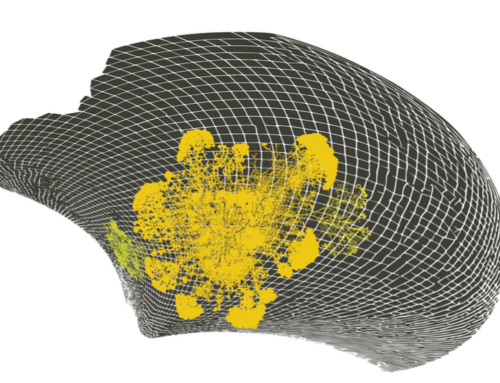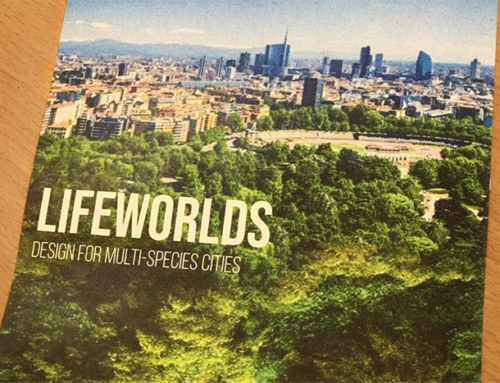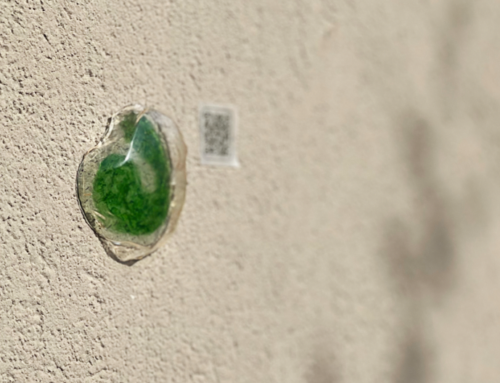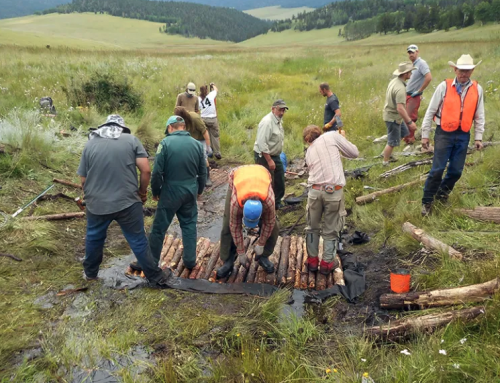Q: Sometimes “sustainable” ways of living are often more expensive. They are more elite, how can we make them more accessible?
A: Good question. Food is an obvious example, but many ‘green’ products and services seem to be more expensive than other products with similar performance. The near future means:
a) focus on local and direct relationships between producers and users; and
b) eliminate most marketing, branding and packaging. They add cost to the transaction but don’t add value to the product itself!
(Ahead of a talk in Milan at the Politecnico di Milano, I was interviewed about relational ecology and design).
Q: How can we make local initiatives global?
A: Why would we want (or need) to do that? The solutions that work best are local, context- specific, and ‘owned’ by the people involved. Of course, yes, we should share knowledge about novel approaches – but scale is not a requirement of sustainability.
Q: Covid is changing our relationship to cities and urban life, and at least in some regions pushing toward more localism and a distributed usage of space. How can design contribute to this change, and is there any opportunity for a more balanced relationship with the nature and the ecosystem?
A: I have no answer. It is too soon. Many many millions of people this year have experienced life without the costs and discomfort of commuting. At the same time, they have had the opportunity to connect with nature nearby – even if it is a ‘weed’ on their balcony.
Q: Has this “relational” approach has been included in National or local policies? If not, why?
A: In High Nature Value Farming, the importance of ecological connections and corridors is well established in policy. And in place-based and territorial innovation (for example ‘smart villages’) more and more attention is being paid to ‘cross visits’ and learning journeys in which people learn from the place and learn from each other (rather than learn online, or in a university!). Of course, Covid will disrupt these tendencies.
Q: How a local dimension is impacting sustainability and thus how Design can help it?
A: The arguments and reasons for localisation have been well-discussed for many years. Covid has been a catalyst to make many of these abstract discussions real. The “15 Minute City” concept being implemented in Paris is a good example.
Q: How can we extend the relational culture so to promote the relationship with the place and materials worldwide ?
A: We need to make two questions universal:
– where did the materials in this product come from?
– did the production of these materials leave their place healthier, or not? Thus approach is beginning to spread in fashion and textiles, for example.
Q: To what extent can we, must we, insert ourselves, put our hand into nature, given the fact that we are the living beings with the most power to create, modify and destroy? (are humans nature too?)
A: Yes we are part of nature – which is one reason I don’t agree with the strategy to ‘protect’ nature in sealed-off areas. Nature needs people. People need livelihoods. Our job as (….) is to create “good work” for people.
Q: How COVID will change the way we will take care about people?
A: Platforms to make person-to- person care easier should be a priority.
Q: What is the most valuable contribution Design can provide in facing the COVID challenge?
A: Design needs to ask these questions first: “has anyone found a different way to meet this daily life need (for food, shelter, care, mobility etc)? In the past? In another culture?” Let’s find out what alternatives already exist, first, and then explore how to adapt and improve on those.
Q: Are education and culture sufficient enough to shift people behaviour?
A: Some people think education and culture are the main obstacles to people changing their behaviour!





